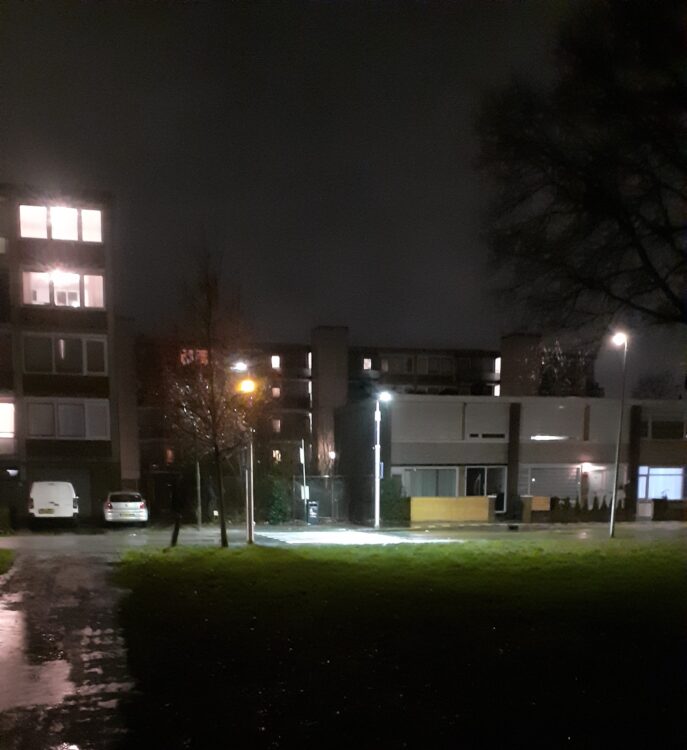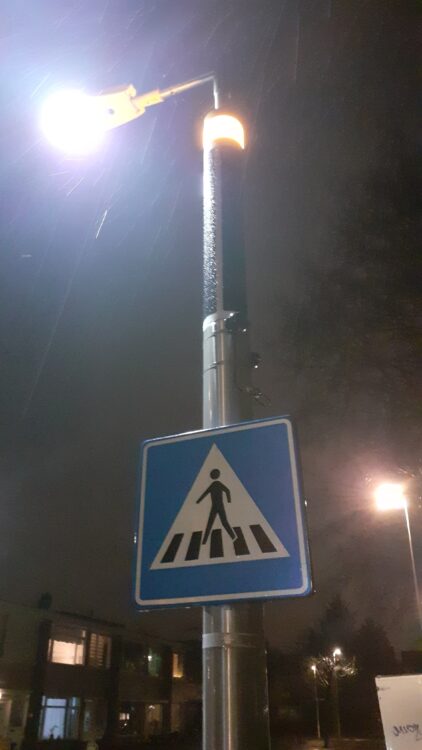
Changes to the globalising world are being written, not in the language of law and diplomacy, but rather in the language of infrastructure
– Keller Easterling
On 13-14 April I am going to Amsterdam for the Critical Infrastructure Lab Launch Event.
The lab aims to create space to co-develop alternative infrastructural futures that center people and planet over profit and capital, by establishing a community around three infrastructural subtopics (geopolitics, standards, environment), producing a sound body of research and developing actionable policy recommendations and strategic insights.
The question raised is how infrastructure can become a lens and approach to addressing some of the world’s wicked problems, we might think about anything from supply chain issues, to climate change, human rights to governance and ideas of social justice. This includes my own interest and a question that I have thinking about in my work at the Bassetti Foundation: can infrastructure support democratic ideals?
Addressing these questions requires a proactive rather than reactive approach to thinking about infrastructure. Futures have to be imagined, we need a better understanding of how infrastructure (digital in this case) shapes society and could maybe lean towards supporting certain values and away from others, all of which which might require policy development both in terms of governance and business planning.
We could start from the question of possible bias built into a system that is developed primarily by (young) men working for a select group of multinational companies. Which futures do they envisage? What does the development framework look like? Whose interests and positions are excluded?
A broad range of expertise and non expertise in social as well as technical matters is required if we want to address questions about infrastructure design with society in mind, and so the lab is hosting a launch event that offers discussion space for anyone. The event offers workshops on infrastructural futures and maps and models, including feminist perspectives and collaborative and sustainable approaches to infrastructure design.
Why not Register for the critical infrastructure lab launch event and have a look at the schedule?
For more discussion and a bit of background on the current debate see my recent post comparing two books about digital infrastructure. It includes a comparison of the series of proposals made by the different authors. One book is about the influence of digital infrastructure during recent popular revolutions (think about the Arab Spring and the revolution in Ukraine) reviewed here and the other addresses problems of data as private property rather than a public resource.
The authors both propose ideas and thoughts about how infrastructure that effects every-day life in different contexts could be viewed and developed differently, with the proposals containing a lot of shared ideas and goals.



